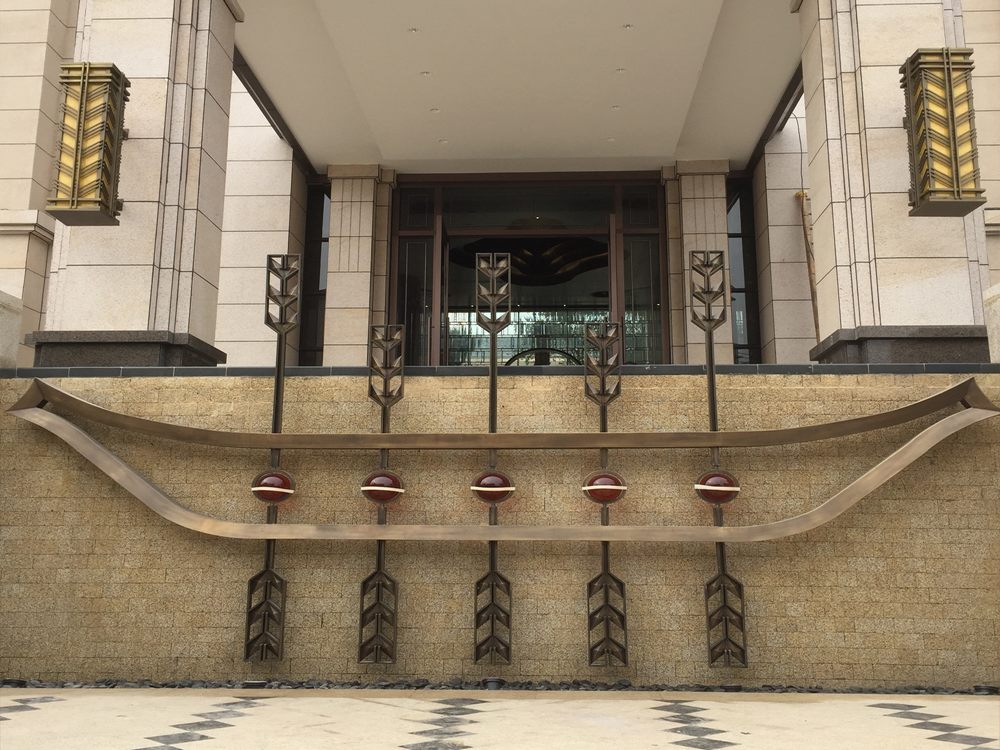
Artists masterfully manipulate the interplay of matte and high-gloss stone finishes to create captivating visual contrasts that elevate their work. By carefully selecting stone types and applying specialized techniques, they achieve a dynamic tension between the subdued elegance of matte surfaces and the vibrant reflectivity of polished areas.
The process often begins with choosing stones possessing naturally varied textures - porous materials like limestone absorb light for matte effects, while dense marbles take high polish beautifully. Artists may hand-sand specific areas to create matte patches, then meticulously buff adjacent sections to mirror-like perfection. Some apply wax resist methods before polishing, preserving designated matte zones.
Light plays a crucial role in enhancing these contrasts. Glossy surfaces actively reflect light, creating bright focal points, while matte areas absorb illumination, producing depth and shadow. Contemporary artists sometimes augment this effect with directional lighting installations.
Advanced techniques include:
1. Selective acid etching to create precise matte patterns
2. Graduated polishing that transitions smoothly between finishes
3. Combining mechanical polishing with hand-rubbed areas
4. Using translucent stones where backlighting intensifies the contrast
These methods allow artists to guide viewers' eyes, create symbolic meanings, or simply celebrate the stone's inherent beauty through thoughtful textural juxtaposition. The resulting works demonstrate how surface treatment alone can transform stone into a medium of remarkable expressive power.

